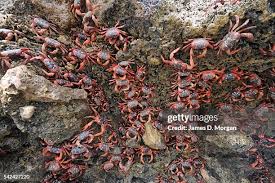The Allure of Alaska: A Journey Through America’s Last Frontier
Introduction
Alaska, known as America’s last frontier, is a land of breathtaking landscapes, diverse wildlife, and rich indigenous cultures. With its dramatic mountains, vast wilderness, and vibrant ecosystems, Alaska has become a focal point for tourists, environmentalists, and adventurers alike. As discussions on climate change and conservation become increasingly vital, Alaska’s unique environment and its significance to global ecosystems draw a spotlight that cannot be ignored.
Recent Developments in Alaska
In recent months, Alaska has made headlines for a variety of reasons, including climate change impacts, wildlife conservation efforts, and cultural initiatives. According to the National Snow and Ice Data Center, the Arctic is warming at more than twice the rate of the rest of the planet, with Alaska witnessing unprecedented temperature rises. This has led to concerning effects such as decreased sea ice, altered animal migrations, and thawing permafrost.
Additionally, conservation programs aimed at protecting Alaska’s wildlife have gained momentum. The U.S. Fish and Wildlife Service has increased funding for initiatives that protect bear populations and migratory birds. These efforts are crucial as many species face habitat loss due to climate shifts and human activity. The state is also pushing for sustainable tourism practices to balance economic interests with the preservation of its stunning natural resources.
Cultural Significance
Beyond its natural beauty, Alaska is home to diverse indigenous cultures that have thrived for thousands of years. Recently, the state has seen a revival of interest in Native Alaskan art and traditions, with local communities organising events to showcase their heritage. The recent Alaska Native Arts and Crafts Festival, for example, celebrated the vibrant traditions and contributions of Indigenous artists, helping to foster understanding and appreciation for Alaska’s rich cultural tapestry.
Conclusion
As Alaska grapples with the challenges of climate change while striving to preserve its unparalleled ecosystems and cultural heritage, it remains a crucial area of focus for policymakers, environmentalists, and tourists. The state’s unique landscapes and rich history provide not only a picturesque backdrop but also a lens through which global environmental issues can be explored. Moving forward, the balance between development, conservation, and cultural preservation will play a critical role in shaping Alaska’s future, making it a significant region to monitor for those interested in environmental and social changes.









